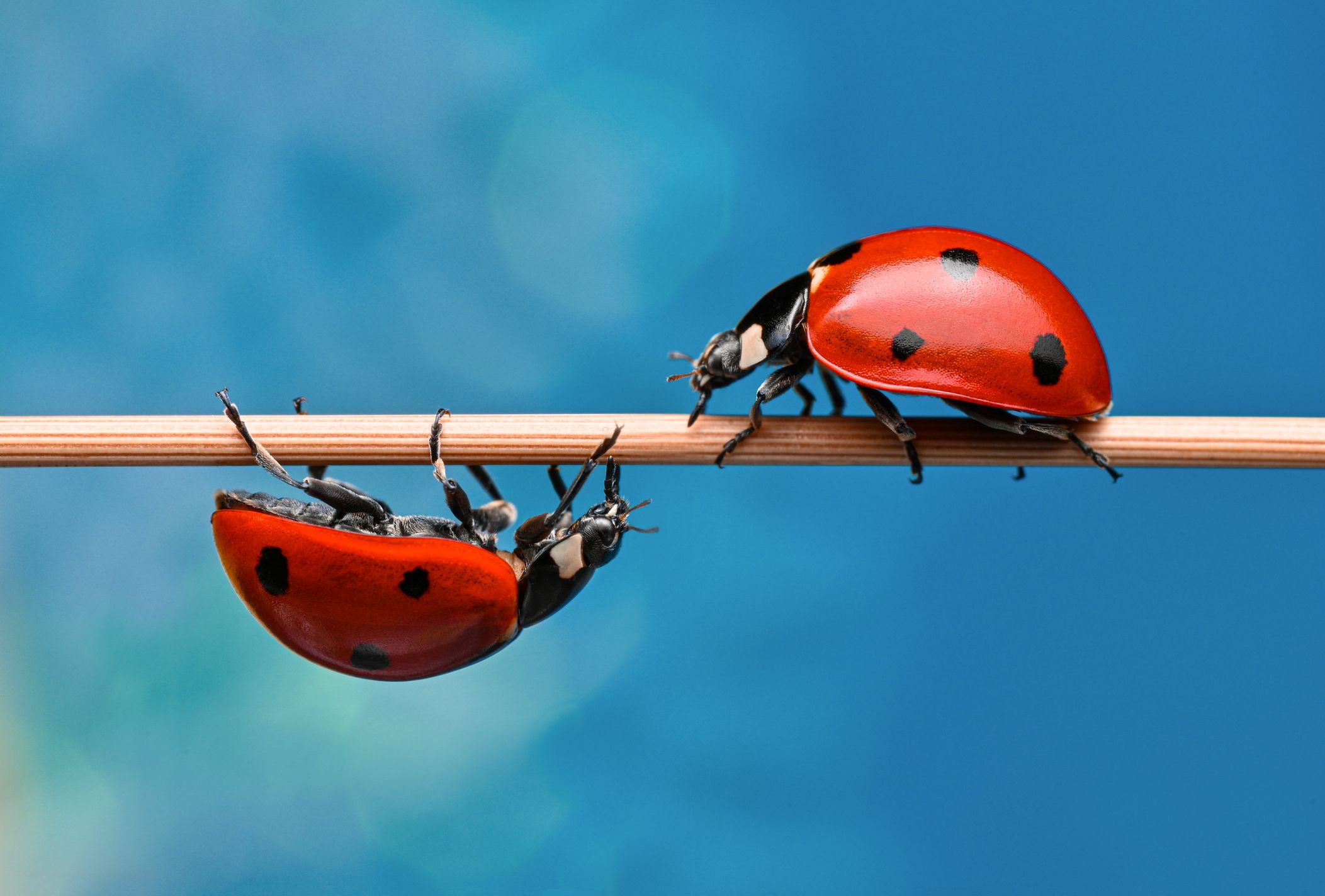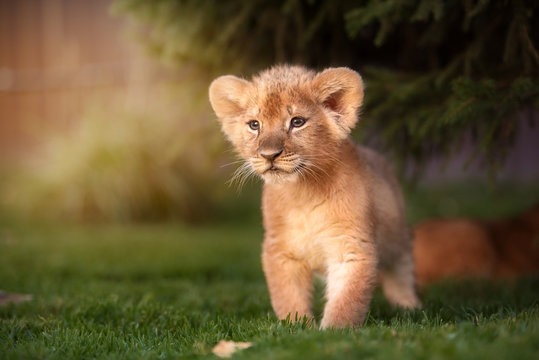Ladybugs, also known as ladybirds or lady beetles, are beloved insects celebrated for their vibrant colors, gentle demeanor, and invaluable contributions to ecosystems around the world. These diminutive beetles hold a special place in the hearts of gardeners, farmers, and nature enthusiasts alike. Let’s embark on a journey to discover the enchanting world of the ladybug and unravel the secrets of this beloved insect.
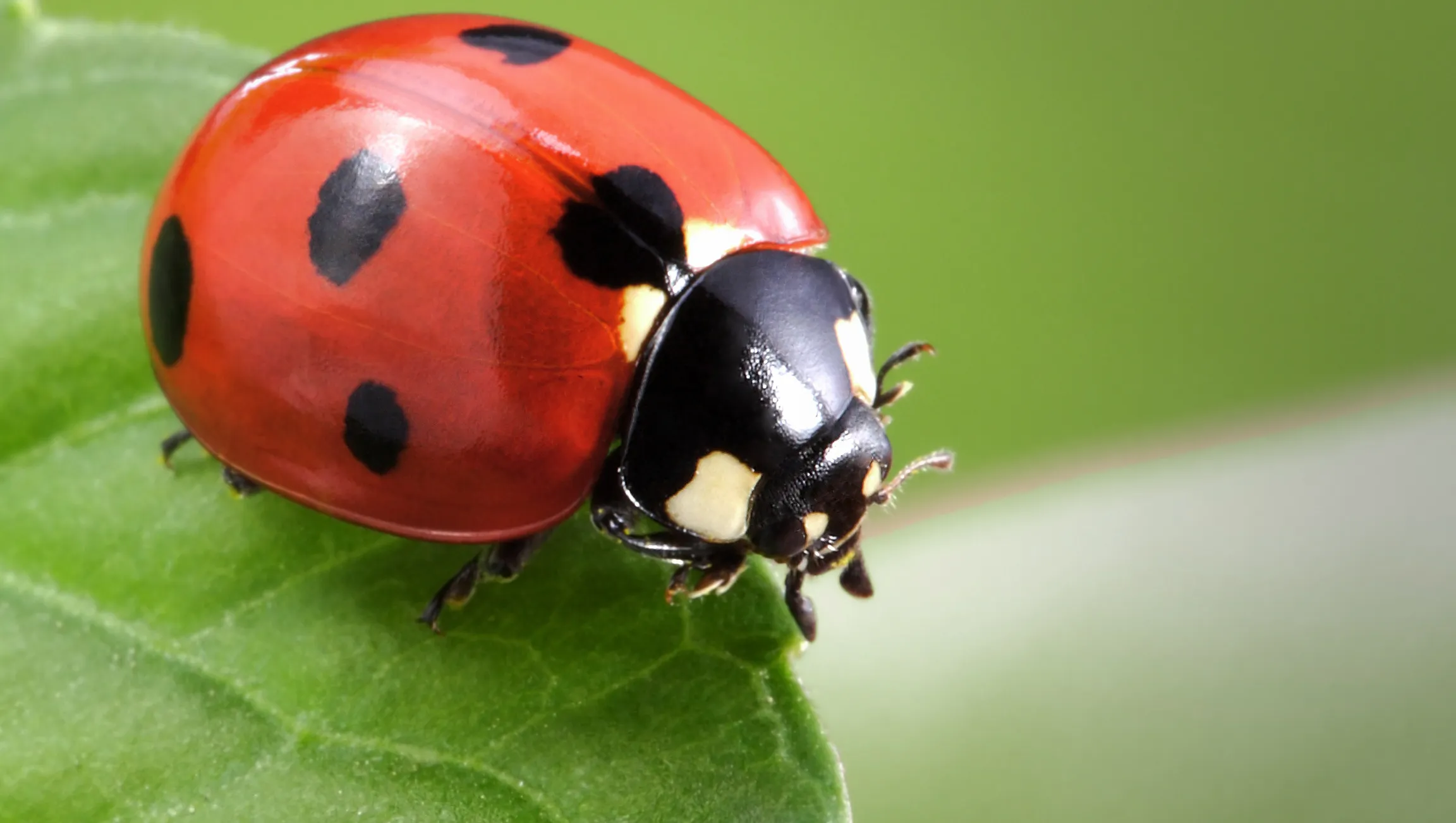
1. A Riot of Colors:
Ladybugs are renowned for their striking appearance, characterized by vibrant hues of red, orange, yellow, and even black. Their distinctive coloration serves as a warning to potential predators, signaling their unpalatability and toxic nature—a phenomenon known as aposematism.
2. Garden Guardians:
Ladybugs are voracious predators of aphids, scale insects, and other garden pests, making them valuable allies in natural pest control. A single ladybug can consume hundreds of aphids in a day, helping to protect plants from damage and reduce the need for chemical pesticides.
3. Life Cycle:
The life cycle of a ladybug consists of four stages: egg, larva, pupa, and adult. Ladybug larvae, often referred to as “aphid lions,” resemble tiny alligators and are equally voracious predators of aphids and other soft-bodied insects. After undergoing metamorphosis, the larvae transform into pupae before emerging as fully developed adult ladybugs.
4. Cultural Symbolism:
Ladybugs hold cultural significance in many societies around the world, symbolizing good luck, prosperity, and protection. In some cultures, encountering a ladybug is believed to bring blessings or signify the fulfillment of wishes. Ladybug motifs are commonly used in art, folklore, and decorative items as symbols of happiness and fortune.
5. Environmental Indicators:
Ladybugs are sensitive to changes in their environment, making them valuable indicators of ecosystem health. Their presence—or absence—in an area can provide insights into factors such as habitat quality, pesticide use, and climate change. Monitoring ladybug populations can help researchers assess the impact of human activities on biodiversity and ecosystem functioning.
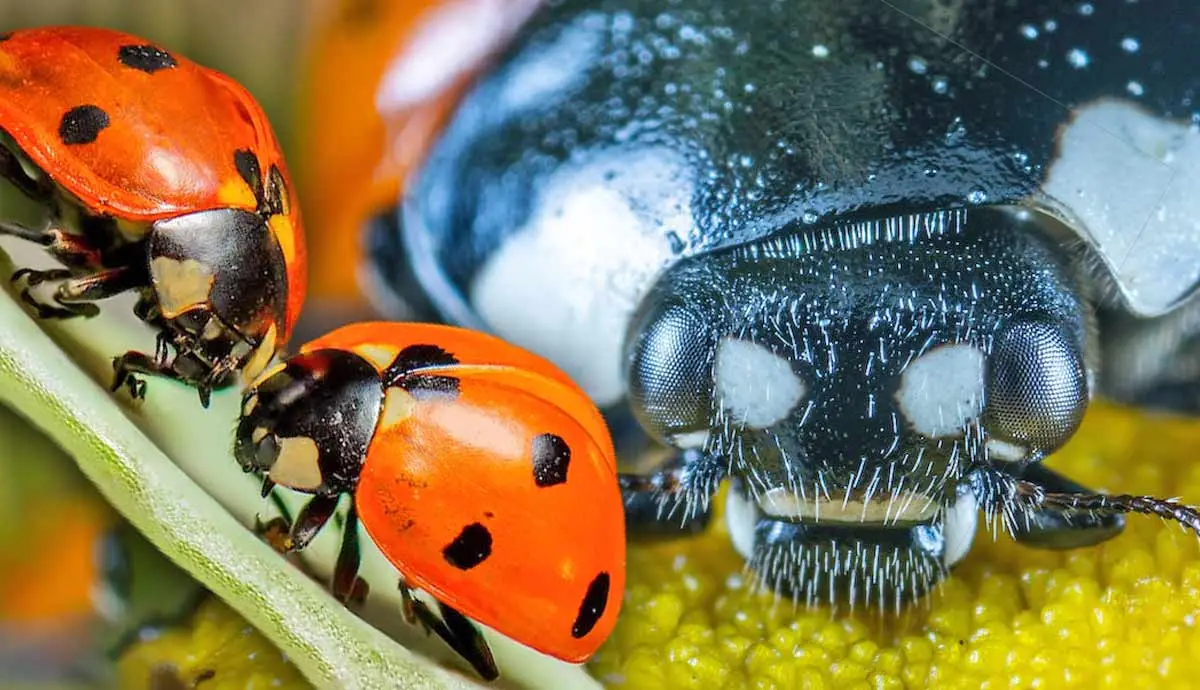
6. Conservation Concerns:
Despite their cultural significance and ecological importance, ladybug face threats from habitat loss, pesticide exposure, and invasive species. Habitat destruction, urbanization, and agricultural intensification have resulted in declines in native ladybug populations worldwide. Conservation efforts are underway to protect and restore ladybug habitats and raise awareness about the importance of these beneficial insects.
Ladybugs are more than just charming insects; they are unsung heroes of the natural world, playing a vital role in maintaining ecological balance and supporting healthy ecosystems. By celebrating and protecting these beloved beetles, we can ensure that future generations continue to benefit from their invaluable contributions to the world around us.
Exploring the Advantages and Disadvantages of Ladybugs: Nature’s Tiny Garden Warriors
Ladybugs, with their vibrant colors and voracious appetite for garden pests, are often hailed as beneficial insects in the realm of gardening and agriculture. However, like any organism, ladybugs come with their own wdbos set of advantages and disadvantages. Let’s delve into the strengths and weaknesses of these beloved beetles.
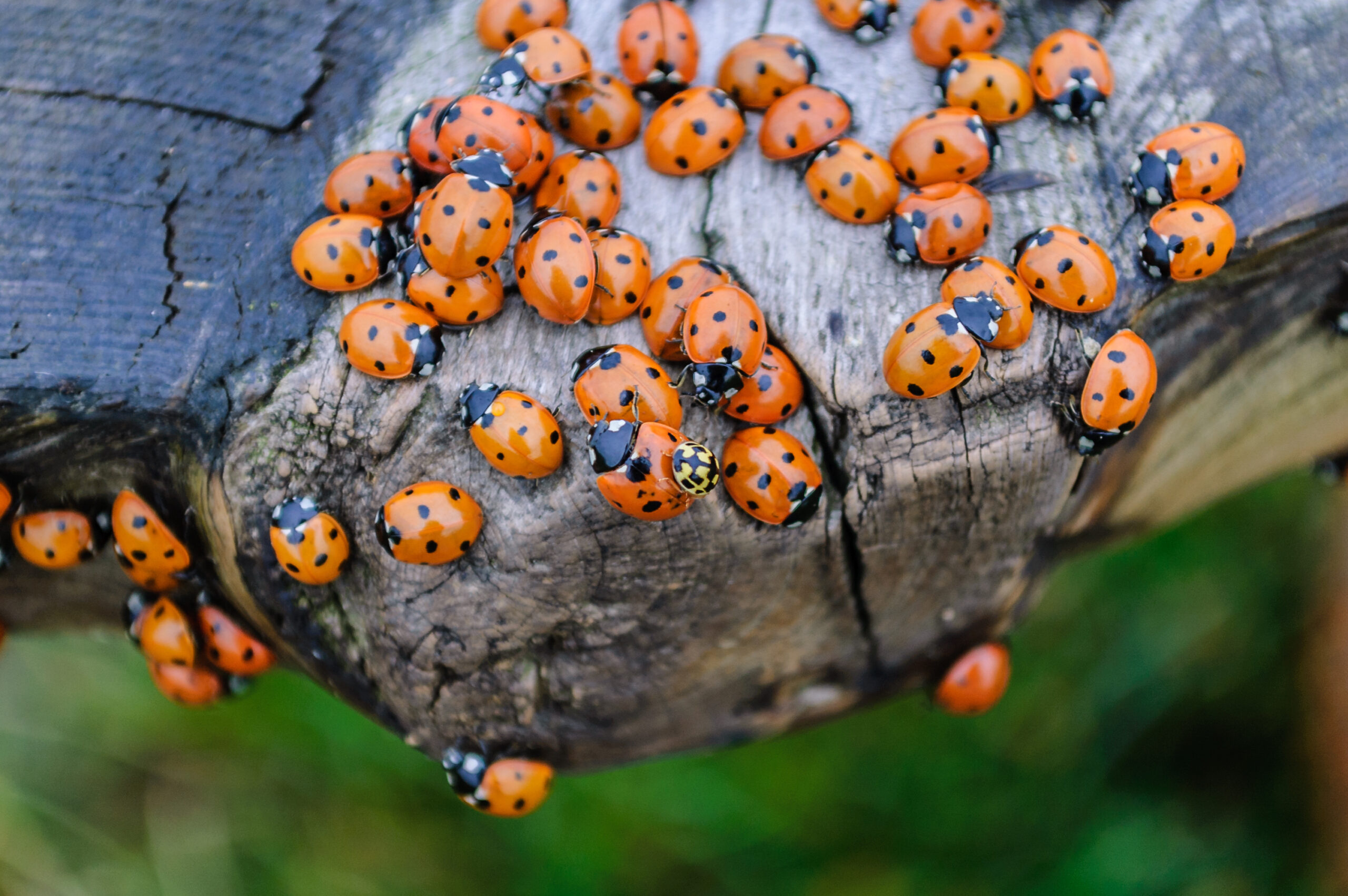
Advantages:
- Natural Pest Control: Ladybugs are renowned for their voracious appetite for aphids, scale insects, mites, and other garden pests. Their presence in gardens and agricultural fields helps control pest populations, reducing the need for chemical pesticides and promoting environmentally friendly pest management practices.
- Versatility in Diet: Ladybugs are not picky eaters and will consume a wide range of soft-bodied insects throughout their life stages. This versatility in diet allows them to target multiple pest species, making them effective agents of biological control in diverse ecosystems.
- Low Environmental Impact: Unlike chemical pesticides, which can have harmful effects on non-target organisms and disrupt ecosystem balance, ladybugs pose minimal risk to the environment. Their use as biological control agents is considered a sustainable and eco-friendly approach to pest management, promoting biodiversity and reducing chemical pollution.
- Cultural Symbolism: Ladybug hold cultural significance in many societies around the world, symbolizing good luck, prosperity, and protection. Their cheerful appearance and association with positive attributes have earned them a place in folklore, art, and popular culture, where they are celebrated as symbols of happiness and fortune.
Disadvantages:
- Invasive Species Concerns: While native ladybug species play important roles in ecosystems, certain non-native species, such as the Asian lady beetle (Harmonia axyridis), have become invasive in some regions. Invasive ladybugs can outcompete native species, disrupt food webs, and pose threats to agricultural crops.
- Crop Damage: In some cases, large populations of ladybugs can cause damage to agricultural crops, particularly when prey populations are low, and the beetles turn to alternative food sources. Ladybugs may feed on plant foliage, fruits, and flowers, leading to aesthetic damage and reduced crop yields.
- Allergic Reactions: While rare, some individuals may experience allergic reactions to ladybug secretions, which can cause skin irritation, respiratory symptoms, and allergic dermatitis. Contact with ladybug bodies or fluids may trigger allergic responses in sensitive individuals, highlighting the importance of caution when handling these insects.
- Overharvesting for Commercial Use: In regions where ladybugs are commercially harvested for use as biological control agents in agriculture, overharvesting can deplete wild populations and disrupt natural ecosystems. Sustainable harvesting practices and regulations are needed to prevent exploitation and ensure the long-term viability of ladybug populations.
Conclusion:
Ladybugs are invaluable allies in the fight against garden pests and play important roles in ecosystems around the world. While their benefits outweigh their drawbacks in many cases, it’s essential to consider the potential risks associated with certain species and management practices. By fostering a deeper understanding of ladybugs and promoting responsible stewardship of these beneficial insects, we can harness their potential while safeguarding the health of our environment.
Read More Article About “HOW TO CREATE A SUCCESSFUL YOUTUBE CHANNEL“

